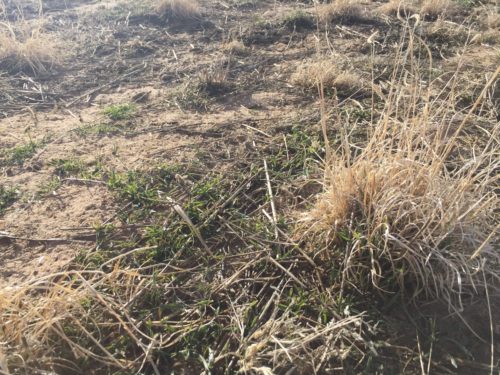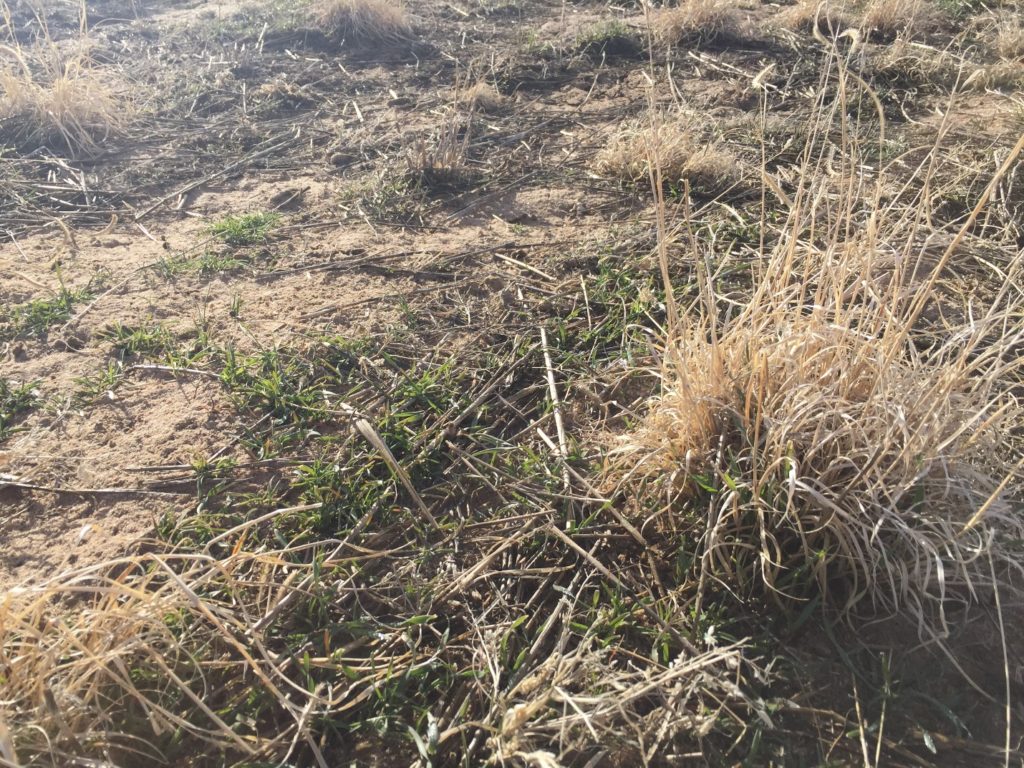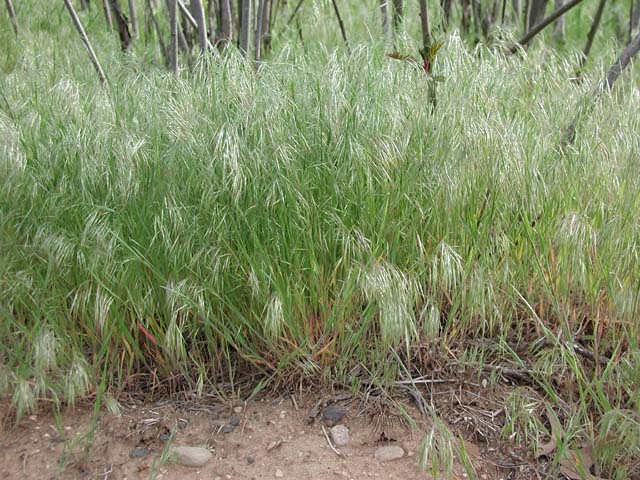
Cheatgrass Management at First Creek
Cheatgrass Management at First Creek Cheatgrass (aka downy brome) is an invasive, annual, cool-season grass. Originally from the Mediterranean, it has spread across rangeland and open space throughout the West. Denver has the dubious honor of being the first place…
Cheatgrass Management at First Creek
Cheatgrass (aka downy brome) is an invasive, annual, cool-season grass. Originally from the Mediterranean, it has spread across rangeland and open space throughout the West. Denver has the dubious honor of being the first place it was found in American in the late 1800s. The plant has competitive advantages because it starts growth in winter and produces huge quantities of seed. You’ve probably had those seeds stuck in your socks after walking across a field.
At First Creek, the cheatgrass has greened up, while the natives have the good sense to wait. Now is the time for a strategic maneuver: Spot spray of herbicides will affect only actively growing plants. This application will arrest cheatgrass growth, while leaving desirable species unharmed. Suppressing some cheatgrass seedlings (there are many more seeds ready to germinate), makes the resources of light, water, and nutrients available to the natives. Once established, these perennial species will continue to grow for years to come. They possess the wisdom of this place: they are adapted to unpredictable weather conditions, hold the soil through wind and flood, and support the spectrum of life around them.
In this way, glyphosate is a useful tool for increasing biodiversity. This is not the same as applications on ‘roundup ready’ GMOs that allow for indiscriminate dumping of chemicals on the annual plants we eat. It is similar in that both applications give the desired species a competitive advantage. The intention is not to eradicate cheatgrass, but to reduce its use of limited resources so they can be directed to the natives.
Our project team includes Urban Drainage, City and County of Denver, HMI and StudioCPG. We have been monitoring and shaping the restoration work along the First Creek corridor to stabilize areas disturbed by construction and support ecosystem function for the long term.


